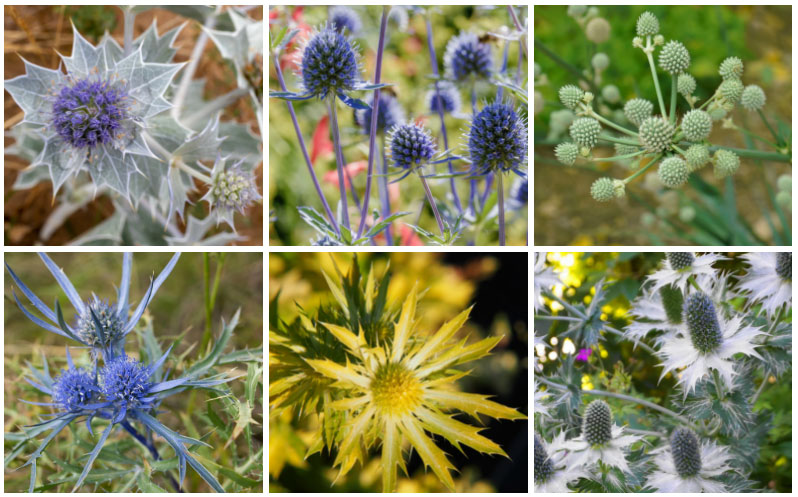Sea holly is a native of Europe. This plant prefers well-drained sandy soil, but its long taproot allows it to grow in many different conditions.
These plants love the sun and are resistant to deer, drought, wind, and sea salt. While they prefer moist soil, they withstand periods of drought very well.
Do not fertilize sea holly as it will cause the plant to get leggy. Deadhead these plants after they bloom so that they will bloom again.
In today’s article, we are going to explore some of the different varieties of sea holly.
Alpine Sea Holly (E. alpinum)
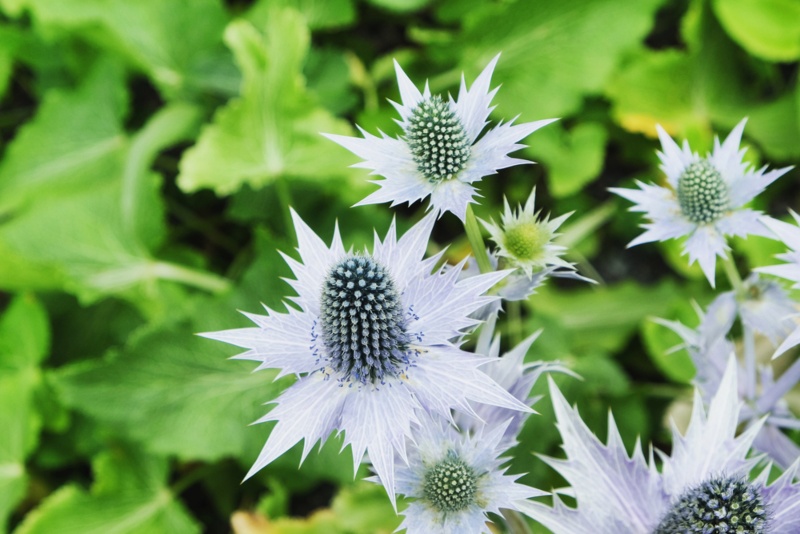
Alpine Sea Holly grows in a rosette form up to about 32-inches tall and 18-inches wide. Single flowerheads appear on this option in mid-summer. If you deadhead it, these metallic blue thistle-like flowers will continue to occur through mid-fall. Each flowerhead consists of multiple small flowers. At the base of the flowerhead is about 15 bracts. Each plant has three heart-shaped leaves.
Blue Glitter (Eryngium planum)
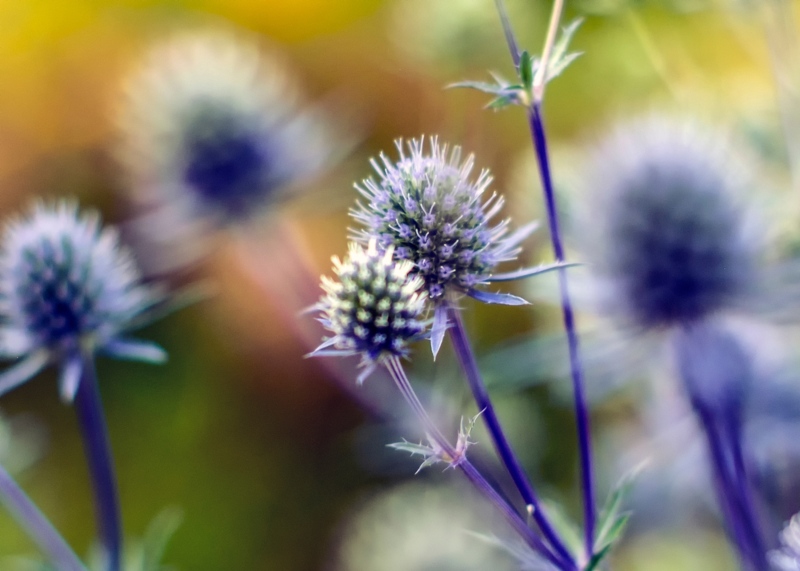
The blue glitter sea holly grows in rosettes up to 6-inches tall and 14-inches wide. This plant puts on many egg-shaped, violet-blue flowerheads on 32-inch stems. Each flowerhead consists of many tiny, stemless flowers. Blue-green bracts form a spiky collar around the flowerhead.
Amethyst Sea Holly
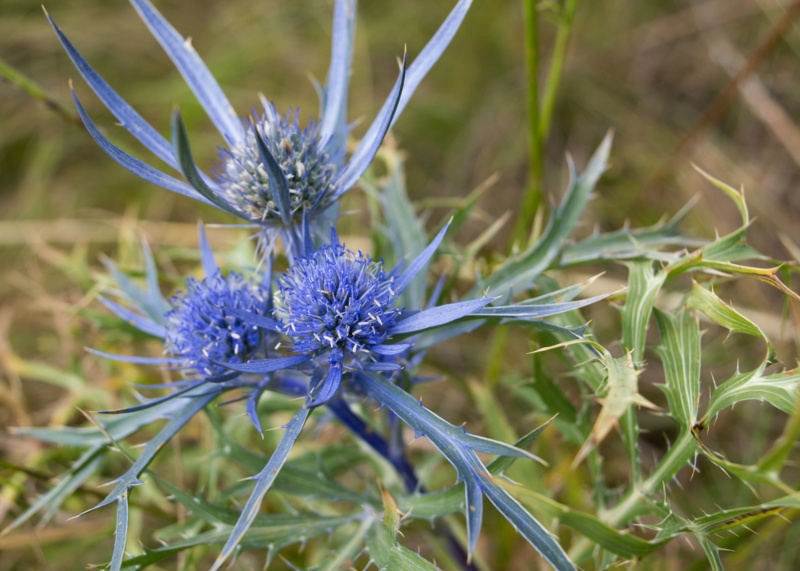
The amethyst sea holly produces erect branch stems up to 24-inches tall and 24-inches wide. Gray-green leaves form a rosette near the ground. The leaves are dotted with silver and have white veins. Each plant has a thistle-like flowerhead in the mid-to-late summer that is amethyst. Silver curly bracts surround the flowerhead.
Mediterranean Sea Holly (E. bourgatii)
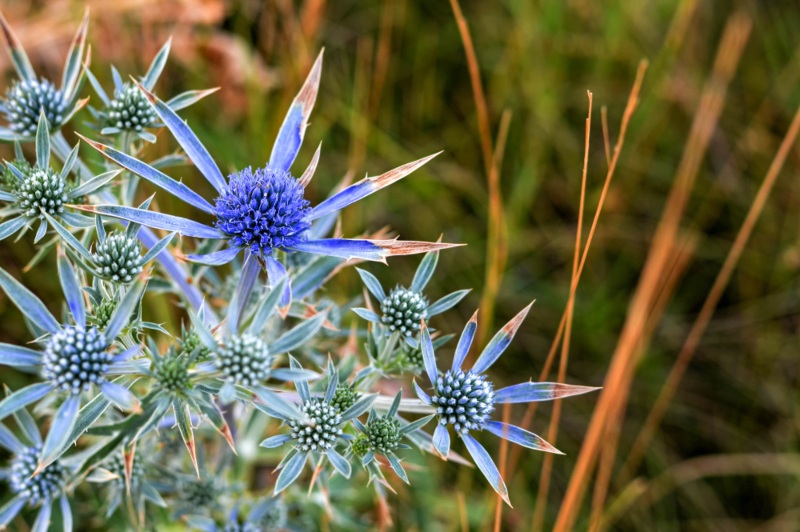
The Mediterranean sea holly grows up to 24-inches tall and 18-inches wide. Tiny flowers appear in a dense cone-shaped form on terminal flowerheads that are up to 1-inch across. These blue flowerheads appear in mid-summer and last through the fall. Tightly packed, gray-green bracts surround the flowerhead. Each of the bracts that grow up to 2-inches long has spiny-toothed edges.
Giant Sea Holly (E. giganteum)
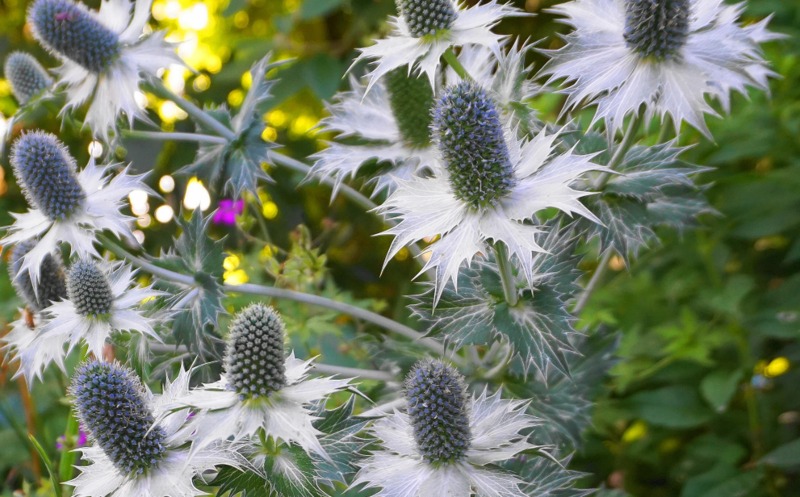
While often reaching 4-feet tall, the giant sea holly can reach up to 6-feet tall. Heart-shaped leaves up to 6-inches long, form a rosette, and spiny leaves on the stem. Tiny bluish-silver flowers packed into cone-shaped clusters that can be up to 4-inches long appear in the late spring. Silver-gray bracts up to 2.5-inches long surround the flowerhead.
Flat Sea Holly (E. planum)
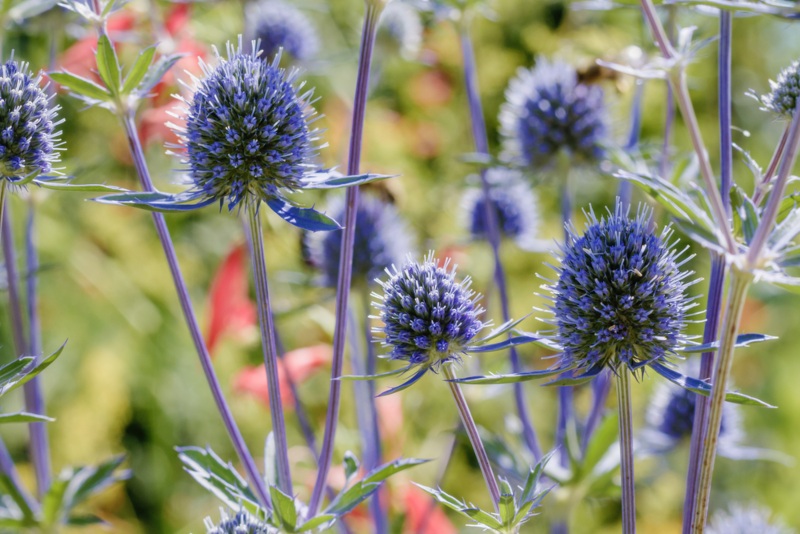
The flat sea holly grows to be about 3-feet tall. Its steel-blue flowers appear in the early summer and last until fall. The tiny flowers appear on egg-shaped flowerheads, with narrow blue bracts surrounding each flowerhead. The flowerheads appear on blue stems that extend above the basal rosette made up of blue-tinged leaves that are deeply grooved.
Eryngium maritimum
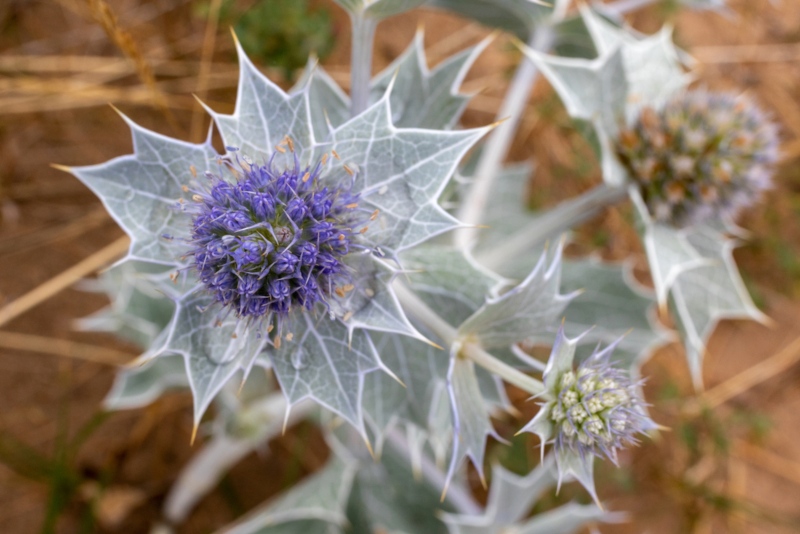
One of the oldest types of sea holly, the eryngium maritimum grows in clumps up to about 2-feet tall. It produces a globular flowerhead in the early spring that lasts through early fall. Tiny, stemless blue flowers fill the flowerhead. Grayish-green bracts surround the flowerhead. The leaves on this option are dark green with white veins.
Eryngium yuccifolium
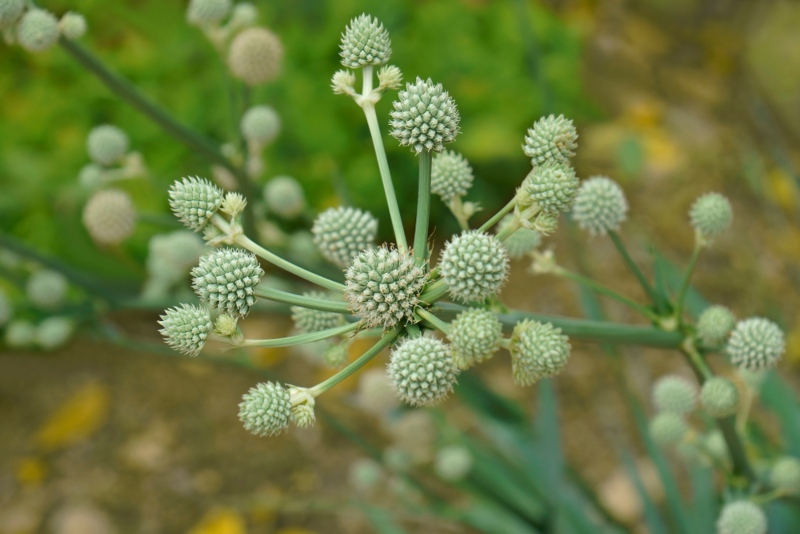
The eryngium yuccifolium grows to be about 5-feet tall and 3-feet wide. Greenish-white flowers tightly pack the globular flowerhead from early summer to fall. Whitish pointed bracts surround the flowerhead. While many eryngium have very short leaves, this plant has leaves up to 3-feet long. These sword-shaped leaves are grayish-white. While still forming a rosette, this option tends to look leggier than other choices.
Eryngium Pandanifolium
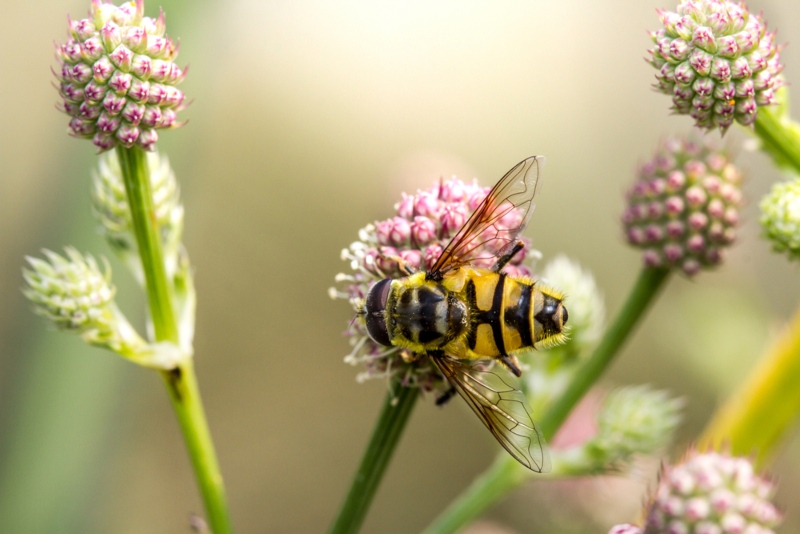
The ergyngium pandanifolium can grow up to 8-feet tall and spread to be 5-feet wide. The leaves on this option are a bluish-green. Stemless red-brown flowers fill the egg-shaped flowerhead. The flowers that appear in mid-summer turn chocolate brown in the fall. This choice does best when sheltered from prevalent winds.
Neptune’s Gold (Eryngium x zabelii)
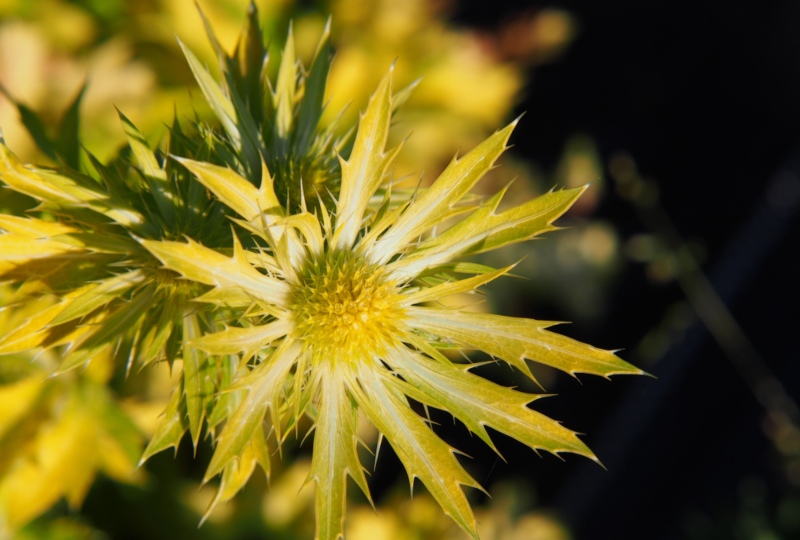
Neptune’s gold grows to be about 24-inches tall and spreads to be about 12-inches wide. Bright yellow leaves appear in the spring. These leaves change to a chartreuse color in the fall. Tiny blue flowers fill the flowerhead mid-summer. The bracts surrounding this flowerhead starts out silver in the summer before turning lavender in the fall.


